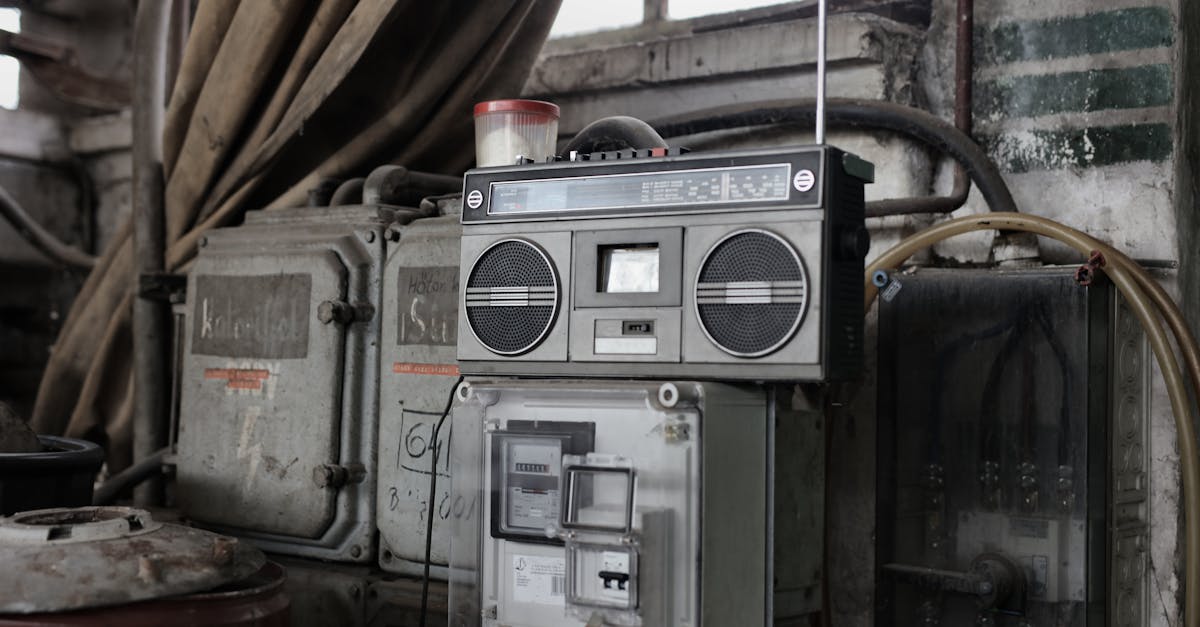Common Issues and Troubleshooting for Wall-mounted Ductless Split System Heating
What should I do if I experience uneven heating or cooling in my home with a ducted split system? Installation Process of a Ducted Split System Installing a ducted split system is a meticulous process that requires precision and expertise. First, the layout of the ductwork is carefully planned to ensure optimal airflow throughout the space. The indoor unit is typically installed in the ceiling or under the floor, while the outdoor unit is positioned externally to expel heat efficiently.
Additionally, it is important to schedule professional maintenance checks for your ducted split system heating at least once a year. A qualified technician can inspect the system thoroughly, identifying any potential issues before they escalate into major problems. This proactive approach can help extend the lifespan of your system and ensure it continues to operate smoothly throughout the year.
Table Of ContentsRegular Filter Cleaning
Troubleshooting Remote Control Problems for Wallmounted Ductless Split SystemsRegular filter cleaning, scheduling annual professional maintenance checks, inspecting ductwork for leaks or blockages, and keeping the outdoor unit clear of debris are essential maintenance tips for ducted split systems.
If you're facing remote control issues with your wall-mounted ductless split system, there are a few steps you can take to troubleshoot the problem. Firstly, check the batteries in the remote to ensure they are not depleted. If the batteries are fine, try resetting the remote by removing the batteries for a few minutes before reinserting them. Sometimes, simple re-syncing of the remote with the indoor unit can solve connectivity problems. To do this, locate the reset button on both the remote control and the indoor unit, press them simultaneously and hold for a few seconds.What should I do if I experience uneven heating or cooling in my home with a ducted split system?
If the remote control continues to malfunction, consider checking for any obstructions between the remote and the indoor unit. Objects blocking the signal can cause communication issues. Additionally, ensure that the remote is within the recommended range for operation, typically around 20 feet from the indoor unit. If these steps do not resolve the problem, it may be necessary to contact a professional technician for further diagnosis and repair of the remote control system.Uneven heating or cooling can be due to issues with ductwork design, clogged filters, or a malfunctioning thermostat. It is advisable to check and clean the filters, inspect the ductwork for any obstructions, and adjust the thermostat settings before seeking professional assistance.
How to Sync and Reset Remote Controls for Wallmounted Ductless Split Systems?
use discomfort and potentially damage the unit if not addressed promptly. One common cause of condensation build-up is dirty or clogged air filters. When filters are blocked, airflow is restricted, causing the evaporator coil to become too cold, leading to excess moisture in the air. Regularly cleaning or replacing air filters can help prevent condensation issues and ensure optimal system performance.
Another factor contributing to condensation in ductless split systems is inadequate insulation on refrigerant lines. Insufficient insulation can cause the lines to sweat excessively when there are temperature differentials between the indoor and outdoor environments. Checking the insulation on refrigerant lines and replacing it if damaged or worn can help reduce condensation and maintain the efficiency of the system.
What Causes Water Leaks and Condensation Buildup in Wallmounted Ductless Split Systems?
Water leaks and condensation buildup in wall-mounted ductless split systems can be attributed to several factors. One common reason for water leaks is a clogged condensate drain line. The condensate drain line is responsible for carrying away the excess moisture that is removed from the air during the cooling process. If this drain line becomes clogged with dirt, debris, or algae, the water can back up and leak out of the unit, causing water damage. Regular maintenance and cleaning of the condensate drain line can help prevent this issue.
Another cause of water leaks and condensation buildup in wall-mounted ductless split systems is improper installation. If the unit is not installed correctly, such as being tilted the wrong way or placed in a location where drainage is obstructed, water can accumulate inside the system and lead to leaks. It is crucial to ensure that the unit is installed by a qualified professional following the manufacturer's instructions to prevent these issues. Regular inspections and maintenance can also help detect and address any installation problems before they escalate into larger issues that may result in water leaks and condensation buildup.
FAQS
How can I troubleshoot remote control problems for my wall-mounted ductless split system?
To troubleshoot remote control problems, first, ensure the remote has fresh batteries. If the remote still doesn't work, try resetting it by removing the batteries, pressing all the buttons to drain any residual power, then reinserting the batteries and trying again.
How do I sync and reset the remote control for my wall-mounted ductless split system?
To sync and reset the remote control, remove the batteries, press all the buttons to drain residual power, reinsert the batteries, and then point the remote at the indoor unit while pressing the 'Reset' button. This should re-sync the remote.
Why does the set temperature often differ from the actual room temperature in wall-mounted ductless split systems?
The set temperature may differ from the actual room temperature due to factors like poor insulation, direct sunlight exposure on the thermostat, or incorrect placement of the indoor unit. Consider adjusting the location of the unit or using blinds to minimize direct sunlight effects.